|
Yes, I know Neanderthals are a species of human (depending on how you define human). And some of you may prefer not to think of humans as animals. That's a debate I'll avoid. But by any biological definition, all species of humans (including Homo sapiens and many more that are now extinct) are firmly in the order, Primates. And all primates are firmly in the class, Mammalia. And all mammals are firmly in the phylum, Chordata. And all chordates are firmly in the kingdom, Animalia. And so Neanderthals are animals by biological definition. If you prefer, you can just imagine that I titled this post: Awesome Human: Neanderthals. Why am I featuring the Neanderthal in this post? Two reasons. First, because Neanderthals make an appearance in my soon-to-be-released novel, Bridgers. Second, because today I received my results from 23AndMe, an ancestral DNA testing service that Trish and I recently used. Guess what? I learned that I have more Neanderthal DNA than 98% of all the other people who have used this service! And besides, Neanderthals are just plain awesome! So what the heck is a Neanderthal? Neanderthals are a species of humans closely related to Homo sapiens that went extinct about 40,000 years ago. Compared to Homo sapiens, Neanderthals were physically shorter, with shorter legs and a bigger (and probably stronger) body. Neanderthals are named after the site where their bones were first identified in the Neander Valley, Germany. This is why the name Neanderthal is capitalized, by the way. Amazing facts about Neanderthals Neanderthals are closely related to modern humans. In fact, some scientists consider them to be a subspecies (Homo sapiens neanderthalensis), although the majority consider them a separate species (Homo neanderthalensis). We (modern humans) share 99.7% of our DNA with Neanderthals, which means they are much more closely related than our nearest non-human relative, the chimpamzee (we share 98.8% of our DNA with chimps). It is now widely accepted that humans interbred with Neanderthals, probably in the range of 50,000 to 60,000 years ago (but possibly as long ago as 100,000 years). How do we know this? The Neanderthal genome project, founded in 2006, has successfully sequenced the Neanderthal genome (a genome is the genetic material of a species). By 2010, it was shown that nearly all modern humans have a small amount of Neanderthal DNA material. For people of non-African descent, this varies from 1% to 4%. It is actually much lower in people from African descent. Why? Because it is believed that Homo sapiens did not interbreed with Neanderthals until after leaving the African continent and migrating into Europe. Yours truly (that's me) is more closely related to Neanderthals than most other people. As I said above, this is news I just got today. And I think it's really cool! The above screenshot shows that I have 326 of the 2,872 Neanderthal genetic variants 23andMe tests for. The highest person they've tested had 397 of these variants, so I am pretty close to the top. The vast majority of people have less than 2% of their ancestry from Neanderthals. But for me, it is almost 4%! So how did this happen? According to the most recent evidence, Homo sapiens and Neanderthals are descended from a common ancestor, Homo erectus (or perhaps Homo heidelbergensis). From at least 700,000 years ago until about 200,000 years ago, erectus lived throughout Africa and much of Europe. But those in Europe became isolated from those in Africa and eventually became Neanderthals (with a body shape more appropriate for a colder climate). Those that were in Africa became Homo sapiens. About 55,000 years ago, some of the Homo sapiens migrated out of Africa and interbred with Neanderthals, and then eventually spread throughout the rest of the world, carrying Neanderthal DNA with them from that point on. Before you think, "That's gross... humans interbreeding with another species," remember that Neanderthals did not look all that different from humans. See the digital creation of a Neanderthal male above and female below. It is quite possible that if you met a Neanderthal on the street today, and it was wearing typical human clothes, you may not even notice. And so it doesn't take too much imagination to see how these interbreeding events could have taken place 55,000 years ago. Although it is pure speculation, it could have happened through peaceful exchanges of partners, or perhaps one group raiding another and stealing females (chimpanzees do that), or perhaps adopting abandoned or orphaned babies. Who knows? Neanderthals were probably intelligent. Although brain size doesn't always equate to higher-level thinking, it certainly helps. Neanderthals had larger brains than modern humans (1600 cubic cm for males, 1,300 cubic cm for females, whereas for modern humans the average is 1,250 to 1,400 cubic cm). There is a general consensus among scientists that Neanderthals made stone tools, used fire, and were hunters. And many studies show that they might have had symbolic thought (art and adornments), but most of these are from isolated finds and are often disputed. So we simply don't know. As you would expect based on the explanations above, modern humans of non-African descent have probably acquired some physical characteristics from when those early humans migrated to Europe and interbred with Neanderthals. For example, Neanderthals had mutations of the genetic material leading to pale skin and a high variation in hair color (pale blonde, to red, to brown). In other words, interbreeding with Neanderthals could be the reason these characteristics are now so widespread in modern humans of European descent. By the way, the Neanderthal model above is supposed to be a male in his 20s. Yeesh! I'd hate to see what a Neanderthal my age would look like. Check out this National Geographic video that provides a brief summary of Neanderthals So, the Neanderthal deserves a place in the A.A.H.O.F. (Ambrosial Animal Hall of Fame). Or if you prefer, the A.H.H.O.F. (Ambrosial Human Hall of Fame) FUN FACT: The word ambrosial originated over 400 years ago, in the late 1590s. Originally it meant exceptionally pleasing, particularly in flavor or smell. But that's kind of weird when applying it to Neanderthals, so I am using the other meaning, which is somewhere between delightful, heavenly, charming, or luscious. Okay, so it's still a little weird. Nevertheless, it is another way to say awesome! Photo Credits:
Neanderthal Man #1 - Elisabeth Daynes/Science Photo Library Neanderthal Woman Digital Recreation - Atelier Daynès Neanderthal model in London Museum - Will Oliver, NPR
1 Comment
On Amazon, there are two ways authors can list their books. One way is to go wide, which means that you list them on Amazon but also on other online retailers. The second way is to go exclusive (or narrow), which means you enter the books into Kindle Unlimited. If you're not familiar with Kindle Unlimited, it's a subscription service for readers. Readers pay $9.99/month (in the US), and in return, they can read as many books that are in Kindle Unlimited as they want for free. When a book is in Kindle Unlimited, though, the author cannot list it on other retailer sites. It is on Amazon only, which is why we call it exclusive. Well, I have put my books in Kindle Unlimited to see if I can reach more readers that way. You can still buy the ebooks (or print books) in the same way, but Kindle Unlimited subscribers can now read them for free. By the way, if you're curious about it, authors still get paid when people read their books in Kindle Unlimited. But instead of a percentage of a sale, the authors get paid by the number of pages read. It comes out to about the same amount either way. So, if you are a Kindle Unlimited subscriber, and you have not yet read Infusion, Profusion, Savage, Blue Arrow, or Parthenium's Year, you can now get them for free! Often I feature animals that show up in my previous novels. But today's animal makes an appearance in a novel I haven't released yet. It shows up in Bridgers 2. As you may know, Bridgers 1 hasn't even been released yet. I'm in the final editing phase, and I'm holding off a bit so I can release the first two books about a month apart (don't worry, there will still be more Diffusion books as well). So what the heck is a Capybara? The capybara has the honor of being the largest rodent living in the world today. It is in a genus (Hydrochoerus) that includes only two species (along with the lesser capybara). One of its closest relatives is the guinea pig. Capybaras live in South America, with their range covering most of the continent except the west coast. They live in a variety of habitats, from savannahs (a grassland with widely-spaced trees) to dense forests. Amazing facts about capybaras Above, I mentioned that capybaras appear in Bridgers 2, which isn't exactly accurate. It is actually a closely-related creature that lives on another version of Earth. In the Bridgers novels, the characters "bridge" to alternate versions of Earth. They can choose how far back in time their destination world diverged from our own, and so they often encounter creatures that don't exist on our world, although they are similar. In Bridgers 2, this capybara-like creature is domesticated as a food animal and is raised in large herds. This isn't far-fetched because on our world, capybaras are often hunted for food, and they are known to be gregarious, living in dense groups within small home ranges of about 25 acres (10 hectares). Which means they might do well as livestock. But... one complication of trying to domesticate capybaras is that they need water. They are semiaquatic mammals. They must always be near bodies of water, such as lakes, rivers, swamps, etc. To be honest, when I look at a capybara, the last thing that comes to mind is that they look like sleek, strong swimmers. But they are! In fact, they can stay completely submerged for five minutes. This is how they escape from predators. They can even sleep in water, keeping just the tip of their nose at the surface. Their eyes, nostrils, and ears are on top of their heads, making it easier for them to stay mostly submerged. Capybaras are huge rodents. Their average weight is about 100 pounds (45 kg), but the largest ever found was 201 pounds (96 kg). When they were originally discovered, they were called water pigs, although we know now that they are rodents, not pigs. The second largest living rodent is the beaver, with an average weight of about 39 pounds (17 kg). Although the capybara is today's largest rodent, it certainly doesn't hold the record historically. Perhaps the largest prehistoric rodent was the Josephoartigasia, for which a fossilized skull was discovered in Paraguay in 1987. Also a relative of the guinea pig, the Josephoartigasia lived 3 million years ago and is estimated to have weighed 2,200 pounds (1,000 kg). Here's an artist's impression of what this massive rodent looked like: Is it just me, or does that gigantic, one-ton rodent look kind of scary? Although capybaras are adapted well to the water, they can also run on land. In fact, they can run 22 mph (35 km per hour), as fast as a small horse! Okay, time for a bit of information on capybara sex and reproduction. These rodents have what's called harem-based polygynous breeding. That's when one male gathers a group of females and then vigorously defends them, preventing other males from getting close. When the male pursues a female, she will typically run into the water. If she is ready to mate, it takes place in the water. Often with the female completely submerged until it is over... good thing it's brief! If the female isn't ready, sometimes she will swim deep enough to dislodge the male (clever, don't you think?). Both male and female capybaras use scent glands as an important part of their mating routines. Not only do they have anal scent glands, but both sexes also have scent glands on their snouts, called morillos. Especially in the males, the scents produced by the morillo are complex, with up to 54 different compounds. But these 54 compounds are present in different quantities in every male, making the scent subtly different for each individual. Check out this video of capybaras mating in water. Capybaras tend to be docile animals. Because of this, they are sometimes kept as pets. I'm not sure this is a good idea, though, because they need a swimming pool or pond to be happy. Check out this video showing how docile they are. Not only are they docile to humans, when put into zoo-like surroundings, they tend to be very friendly (or at least tolerant) of other animals around them. Example, squirrel monkeys hitching a ride: So, the capybara deserves a place in the L.A.H.O.F. (Lit Animal Hall of Fame). FUN FACT: The word lit has gone through a number of different meanings and is still used for a variety of things. I think originally it meant being high (as in, "John was really lit last night"). It can also mean "being excited" (even sexually excited). But I like its most recent use, to say that something is especially terrific ("This party is lit!"). So it is another way to say awesome. Photo Credits:
Capybara Walking - Britannica.com Capybaras swimming - AnimalsLook Artist's impression of Josephoartigasia - James Gurney Capybaras running - Capybara World Capybara and squirrel monkeys - UK Yahoo News |
Stan's Cogitations
Everyone needs a creative outlet. That's why I write. Archives
July 2024
|

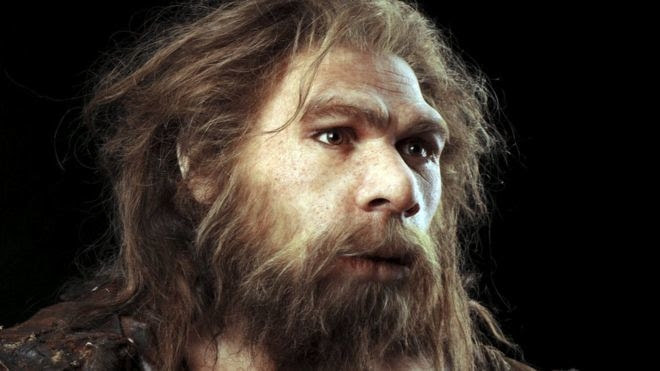
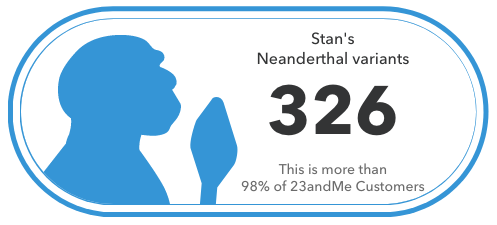
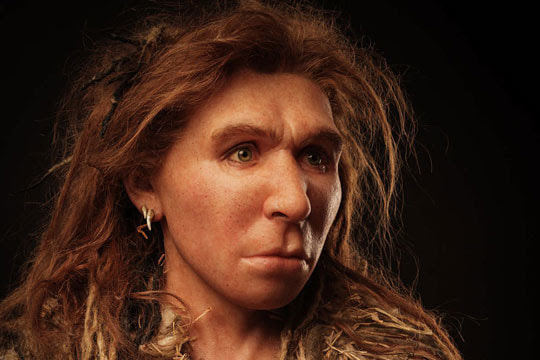
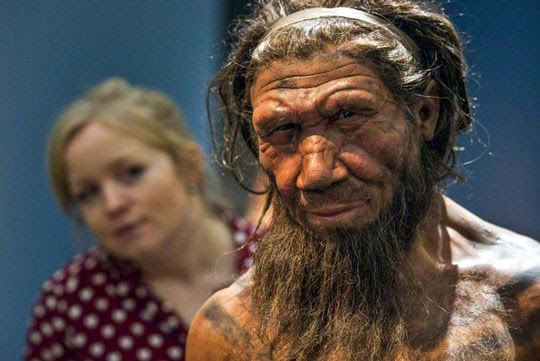

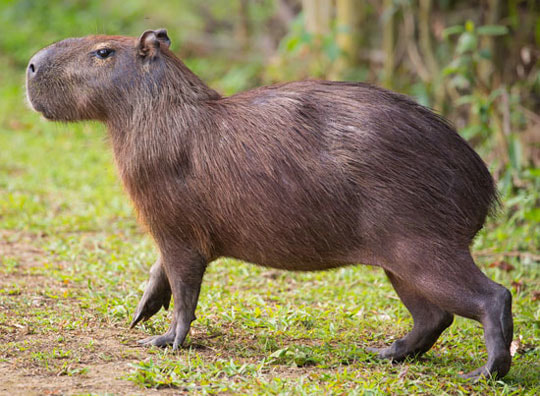
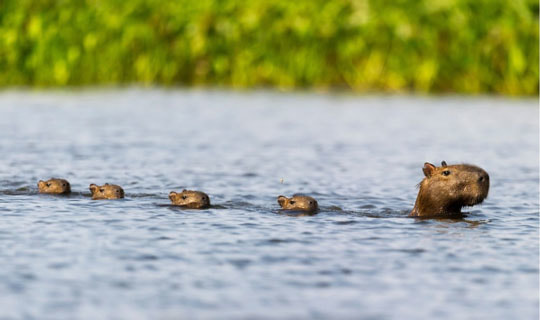
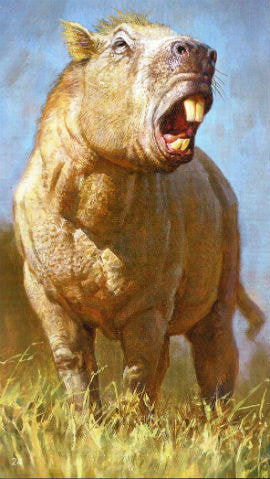
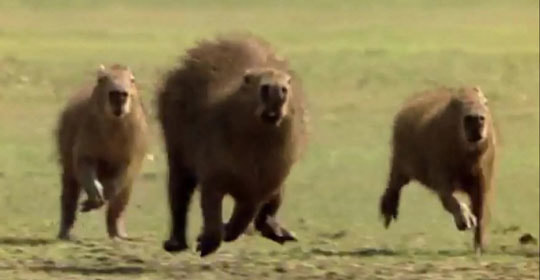

 RSS Feed
RSS Feed